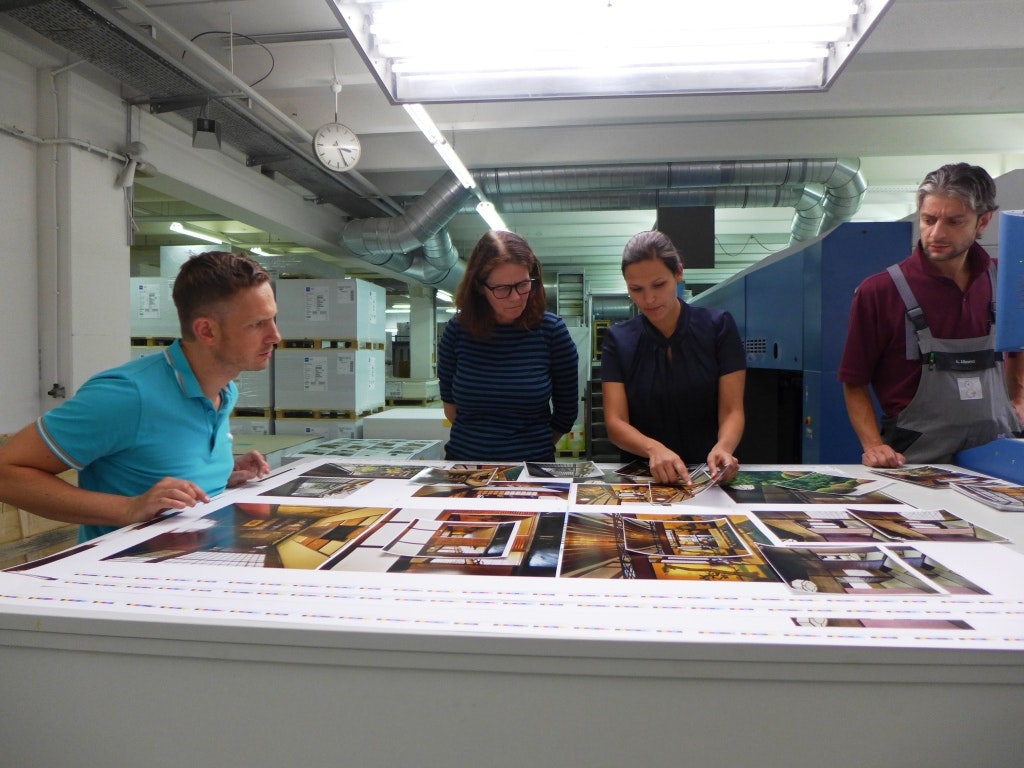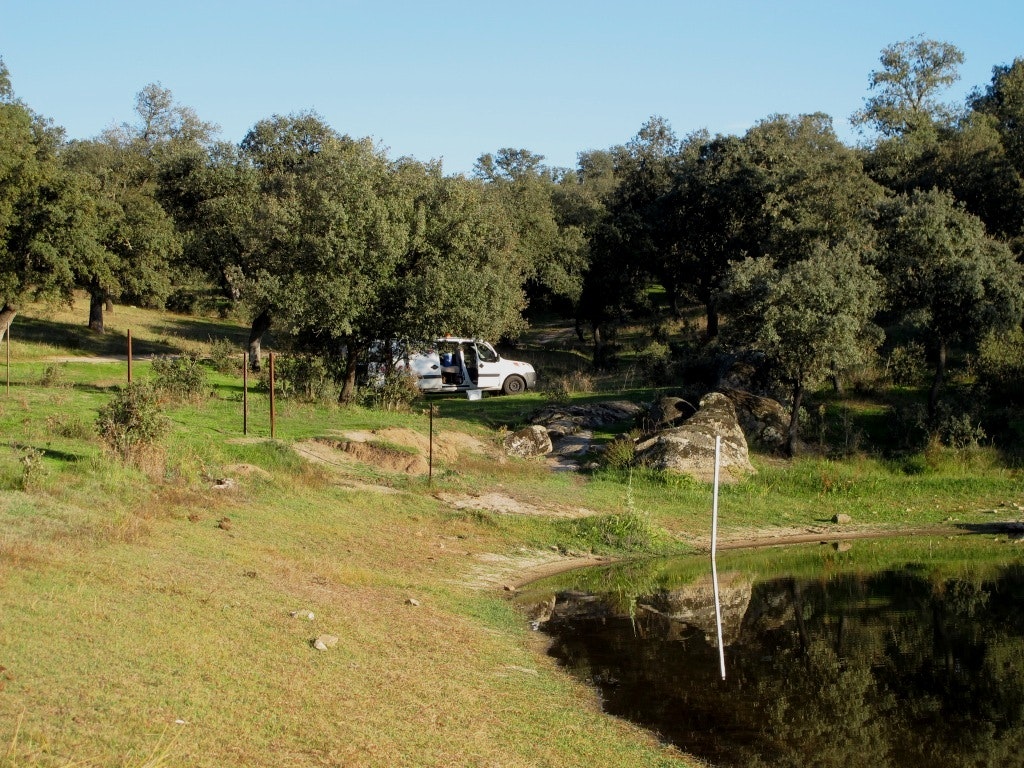What could be the new medium for digital images? Do digital images need analogue manufactured books as a presentation medium, or something different or new?For me, what is important about the analogue book is that it is the final expression of the artist in terms of how he wants his work to be seen and presented (as to size, order, look) and this can no longer be altered by the viewer (at worst, it can be viewed under poor light conditions!). All digital media I have seen so far can be altered or adjusted by the viewer – in terms of size, contrast, layout, etc. – depending on the technique used. The book, on the other hand, is made by the artist, the publisher, and the whole team involved with a final idea. Admittedly, the notion of the book has not changed since Gutenberg. It has been improved, but ultimately, it is printed paper that is bound together in order to be read from page one to the end – and until recently, nobody came up with a better idea. Whether or not the new digital possibilities will be better remains to be seen.





